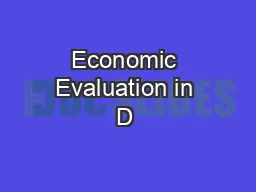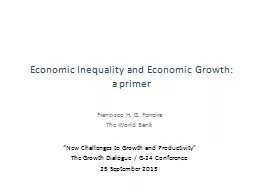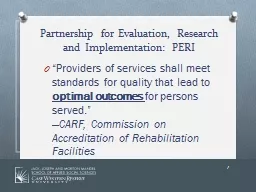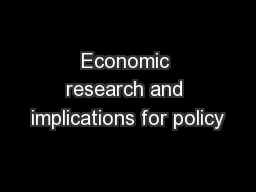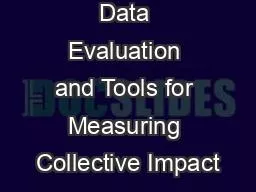PPT-Economic Evaluation in D & I Research
Author : pamella-moone | Published Date : 2019-02-23
Tzeyu Michaud PhD Department of Health Promotion Social amp Behavioral Health UNMC Overview What is economic evaluations Why conduct economic evaluations Review
Presentation Embed Code
Download Presentation
Download Presentation The PPT/PDF document "Economic Evaluation in D & I Researc..." is the property of its rightful owner. Permission is granted to download and print the materials on this website for personal, non-commercial use only, and to display it on your personal computer provided you do not modify the materials and that you retain all copyright notices contained in the materials. By downloading content from our website, you accept the terms of this agreement.
Economic Evaluation in D & I Research: Transcript
Download Rules Of Document
"Economic Evaluation in D & I Research"The content belongs to its owner. You may download and print it for personal use, without modification, and keep all copyright notices. By downloading, you agree to these terms.
Related Documents

